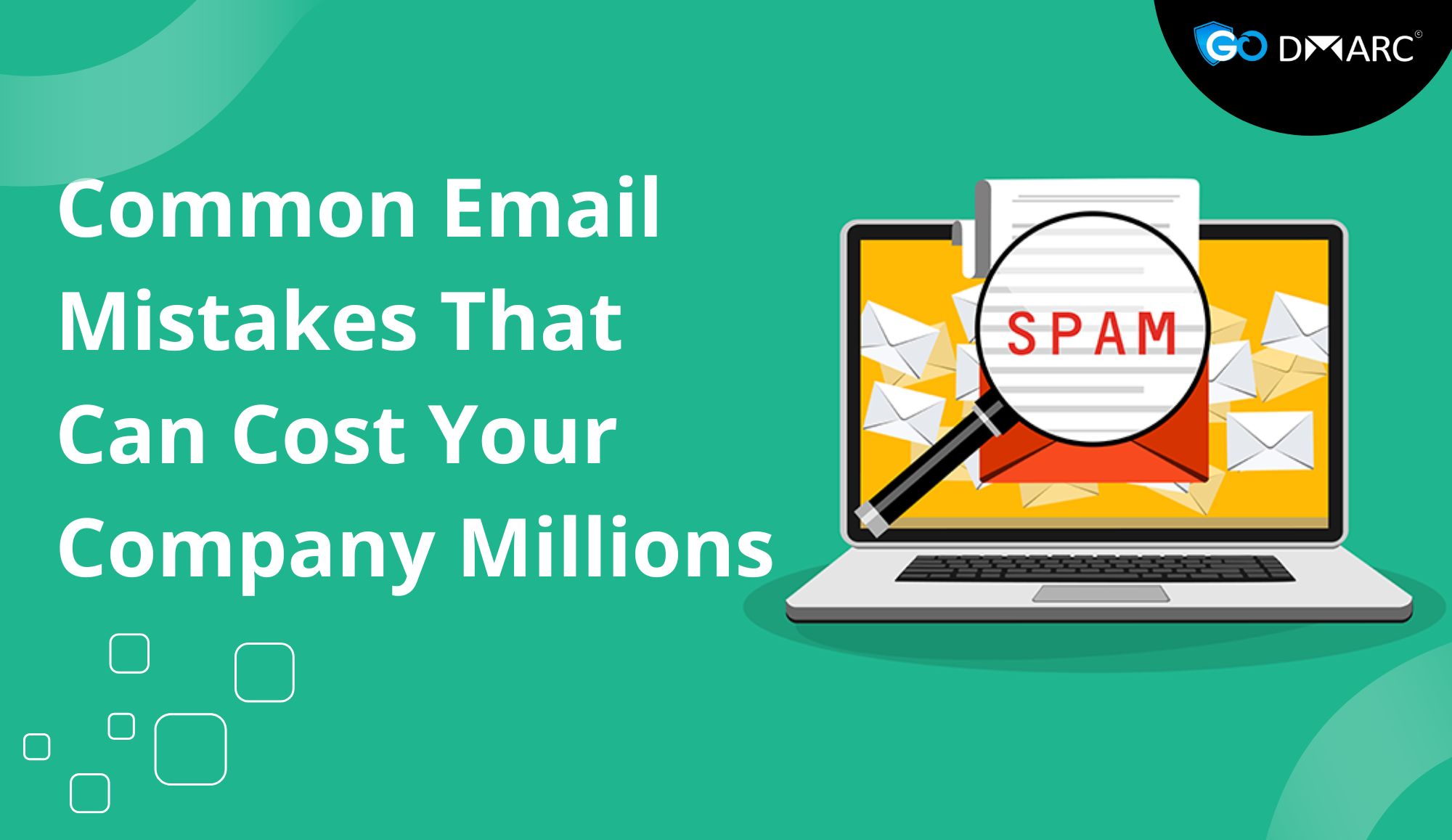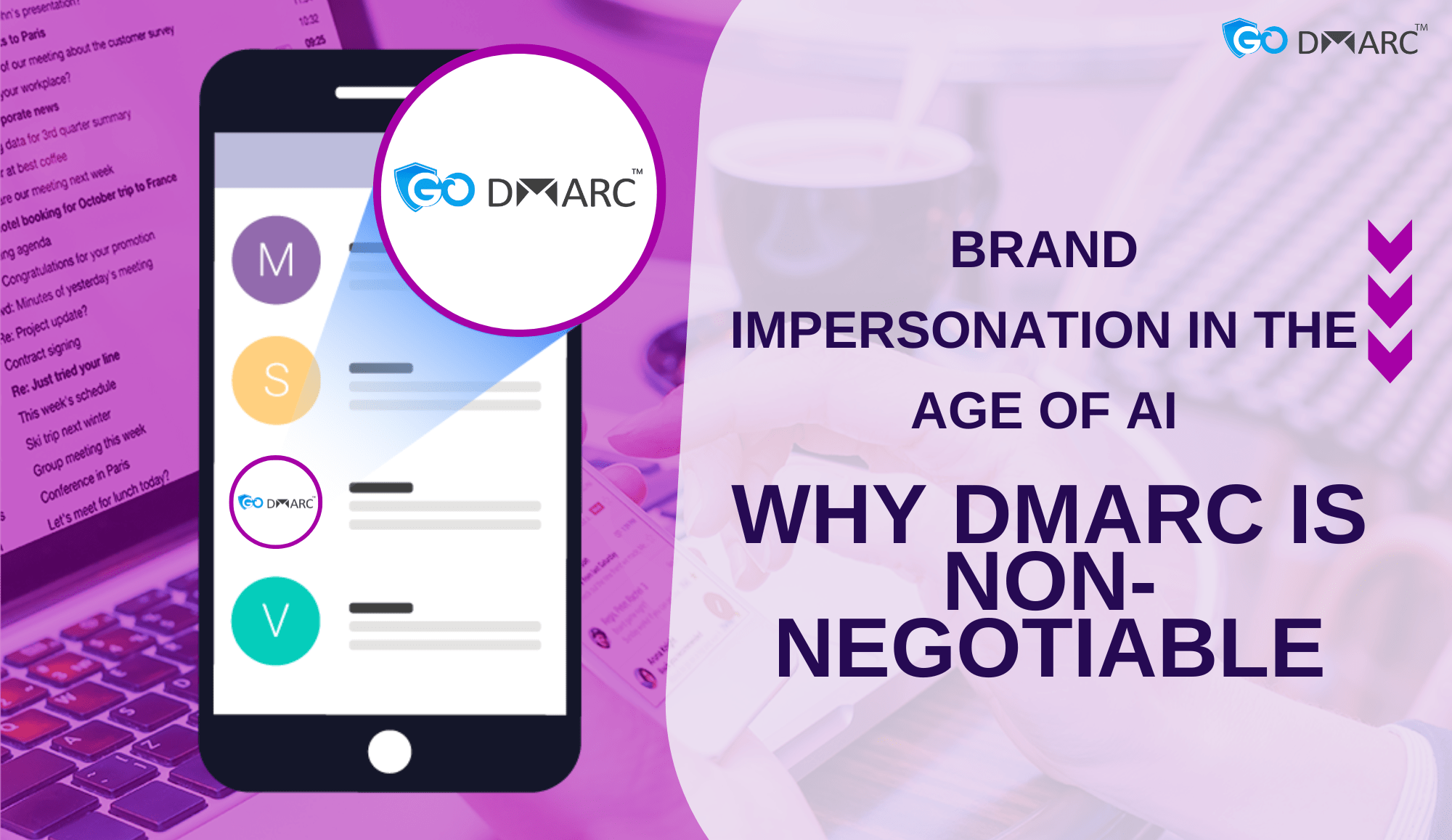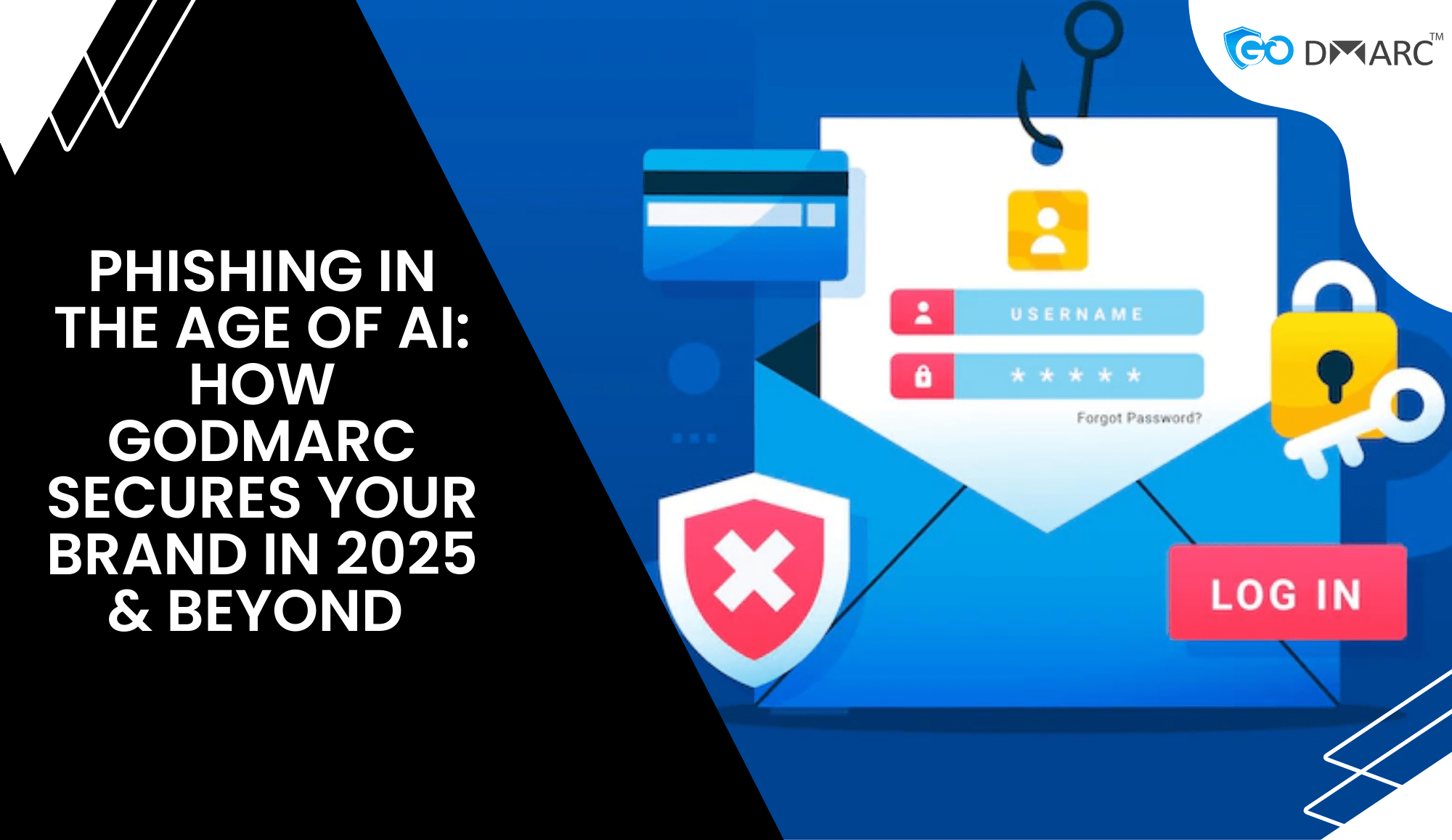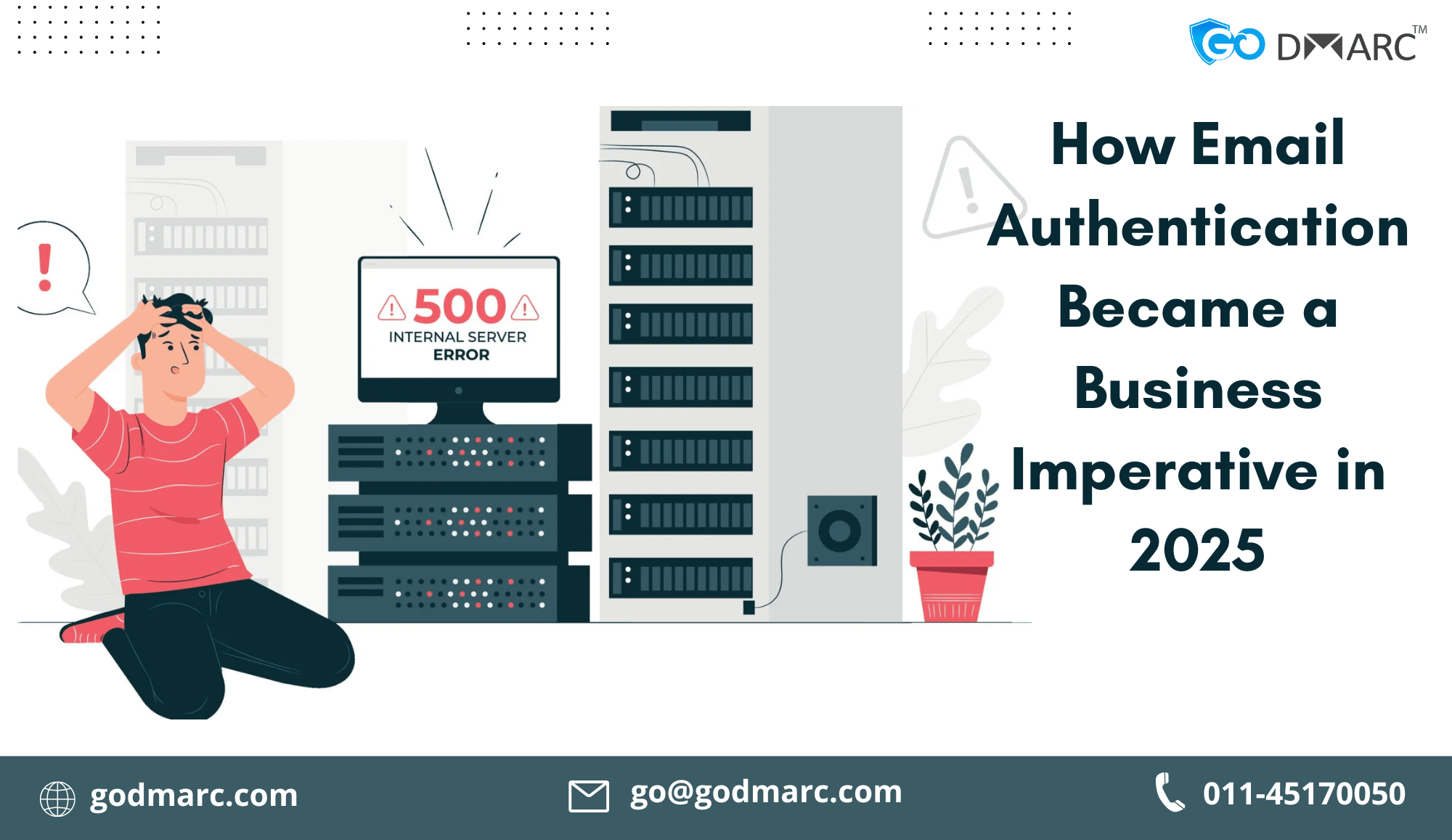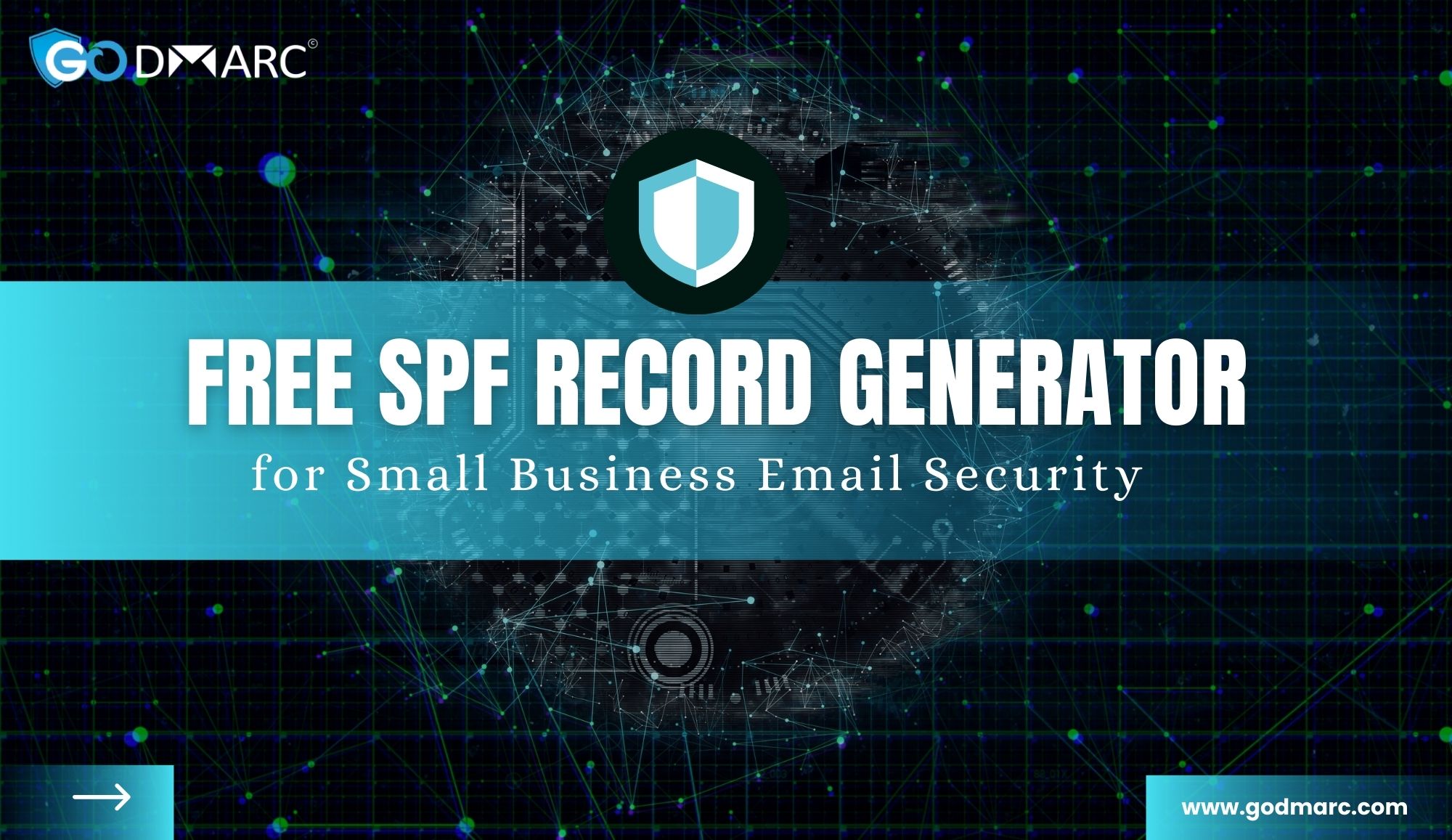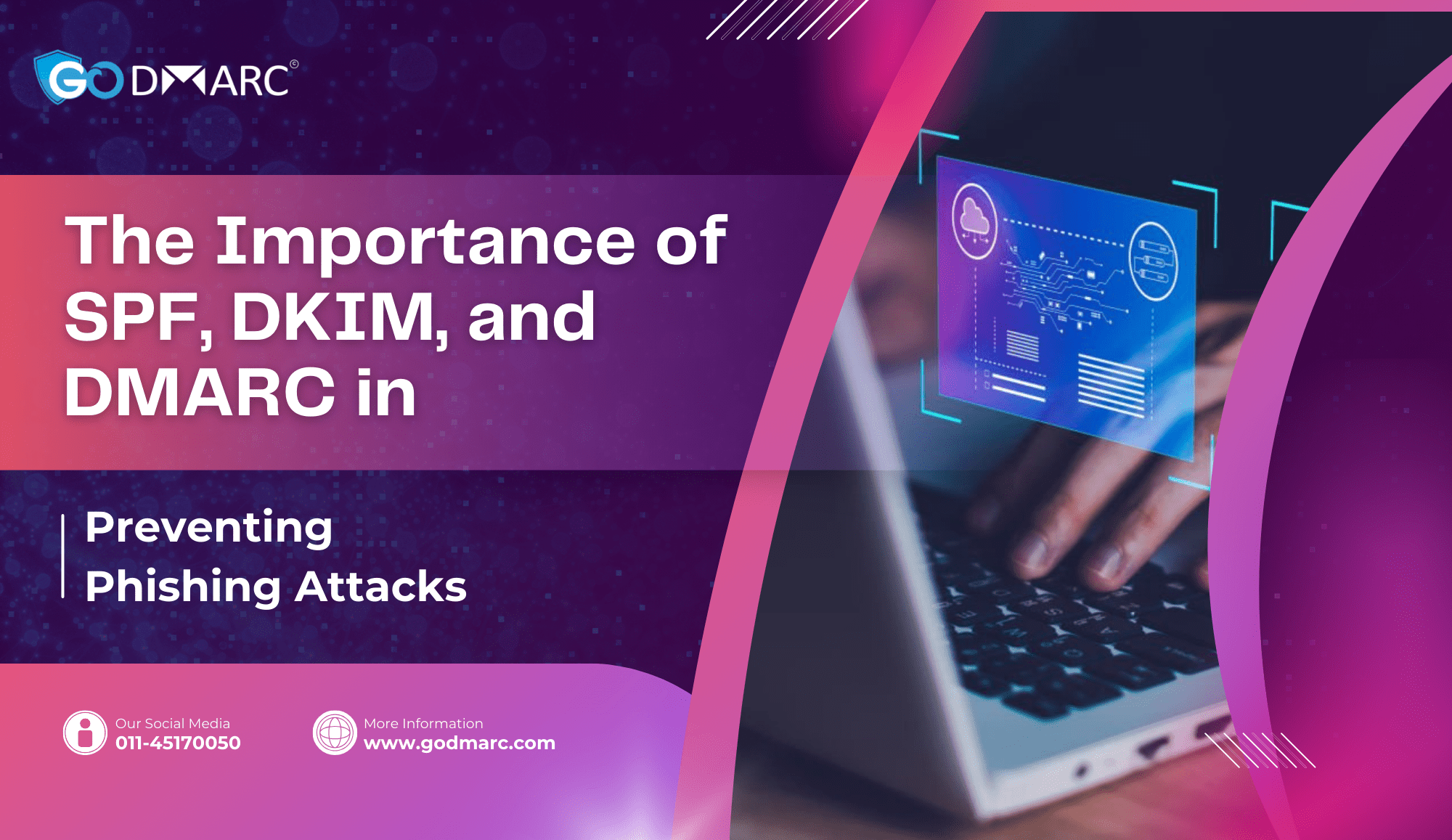Common Email Mistakes That Can Cost Your Company Millions
Email is still the backbone of business communication, powering everything from daily updates to multimillion-dollar client deals. Yet despite its importance, email security often doesn’t get the attention it deserves. This oversight leaves organizations vulnerable to fraud, data breaches, and reputational damage that can cost millions. Here are the most common and dangerous email mistakes businesses make, and how to fix them before it’s too late. 1. Neglecting Email Authentication Protocols One of the most costly errors companies commit is failing to implement basic authentication standards. Without SPF, DKIM, and DMARC, your domain becomes an open invitation for cybercriminals to impersonate your brand. Business Email Compromise (BEC) scams, where attackers pose as executives or vendors, cost companies an estimated $1.8 billion annually. With no DMARC policy in place, fraudsters can send convincing phishing emails that appear to come directly from your domain, tricking employees and clients alike. Think of DMARC
Continue Reading: Common Email Mistakes That Can Cost Your Company Millions

